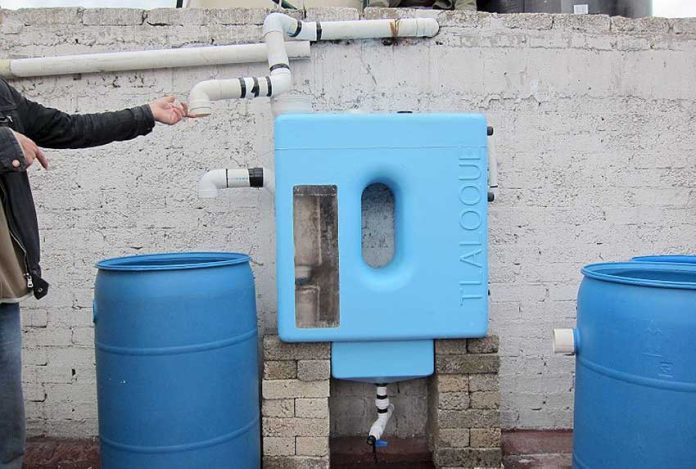President López Obrador issued a decree on July 1 guaranteeing water as a human right and establishing new administrative facilities to grant concessions of water for public use in marginalized communities.
This comes after attempts by the previous two administrations to privatize Mexico’s water supply.
Mexico City Mayor Claudia Sheinbaum has also recently announced plans to expand the availability of water for the city’s residents. Sheinbaum’s promise is that in six years, the length of her mayoral term, every resident will have water every single day.
In April, Sheinbaum created 75 brigades dedicated to finding and repairing leaks in municipal water delivery systems, with plans to expand that number to 150. In addition, 315 new workers have been hired and trained through the water utility, Sacmex, to fix leaks, responding 24 hours a day, 365 days a year.
Across the 16 boroughs of Mexico City, there are 150 leaks reported daily. An estimated 40% of the city’s water is lost to leaks — 88% in household connections, 10% in the secondary network of underground pipes and the remaining 2% in the primary network that brings water to the city from wells and neighboring states.
Fixing the leaks is only part of the solution. Since 2014, the non-profit organization Isla Urbana has been installing rainwater harvesting systems in houses across Mexico City, focusing mainly on the boroughs of Xochimilco, Iztapalapa and Tlahuac, which have some of the worst and longest periods of water scarcity. In these parts of the city, many families previously had no choice but to pay for a pipa (water delivery truck).
Isla Urbana has installed 11,000 household rainwater harvesting systems to date. Sheinbaum plans to offer government assistance to help install 10,000 more in 2019, and hopes to have installed a total of 100,000 by the end of her term.
Every single rainwater harvesting system is a custom installation, since no two houses are identical. The system uses a device called a tlaloque (“assistant to Tláloc,” the Aztec god of rain and water) which fills up during the first few minutes of rain. This first water is very dirty as the rain washes all of the dirt off the roof.
Once the tlaloque is full, a ball floats up and blocks it, allowing the rest of the water to flow into a cistern. This reduces up to 75% of the water contamination before any further filtering or chlorine treatment. The water from the tlaloque can still be used for purposes such as watering plants or washing floors or cars. The water that flows into the cistern can be used right away for most household purposes, but must be cleaned further to be safe enough to drink.
Isla Urbana’s systems are designed to be used primarily during the rainy season. They advise lowering household consumption of water by up to 60% during the dry months. On their website, they have calculated the cost of paying for a pipa and show that even with the initial price of installation and the cost of maintenance, families can save a great deal of money by investing in such a system.
Mexico City used to be Tenochtitlán, the capital of the Aztec empire. The city was built around an elaborate system of canals that connected floating islands, or chinampas. During the Spanish conquest and the years that followed, the water was drained from the canals, and people rushed in to build on the dry lake bed.
Today, only a few canals remain in Xochimilco, but Mexico City gets just as much rainwater as ever, more annually than London, England.
This is why Mexico City has issues with flooding every year. By capturing rainwater for use in households, residents of the capital can begin to see the seasonal rains as a blessing, not a curse.
Water comes to Mexico City from two main sources. The first are the Lerma and Cutzamala systems, which bring it from far away. The second are wells drilled throughout the city that tap into the groundwater found in deep aquifers. It takes thousands of years for aquifers to replenish their water supply. As groundwater is extracted, the ground above it sinks.
If Mexico City continues to depend greatly upon these aquifers, subsidence will only get worse and the water will eventually run out. Improvements to the water transportation systems and rainwater harvesting take pressure off these wells.
According to Conagua’s 2018 statistics, 76.3% of households in Mexico do not drink water from the tap. In Mexico City, the distrust in tap water comes from destruction of infrastructure in the 1985 earthquake and a 1991 cholera outbreak. The demand for bottled potable water creates a billion-dollar industry, with 65 billion pesos (US $3.4 billion) spent on drinking water every year.
The current administration’s plans to provide water to citizens do not include a promise that this water will be clean enough to drink. For the foreseeable future, Mexicans will continue to rely on expensive garrafones.
The writer lives and works in Mexico City.
